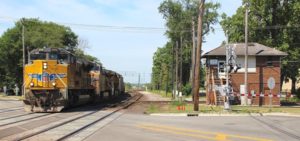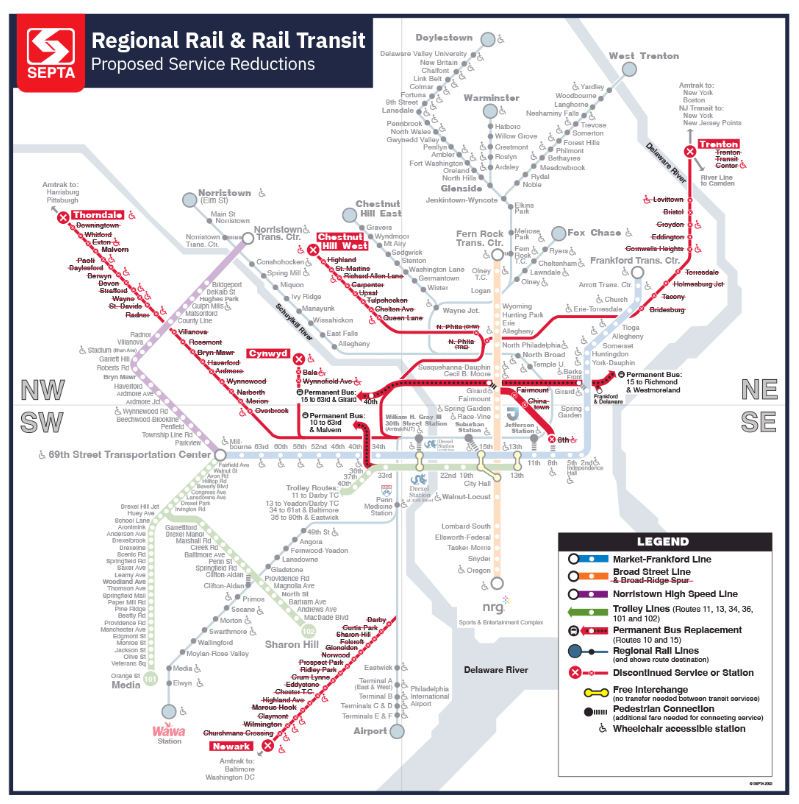
The letter notes that regulators have received positive reports about rail service during the COVID-19 pandemic, but that as rail traffic has surged in recent weeks so too have complaints from shippers.
“Recently … we have been made aware of service issues, including missed industrial switches and excessively late or annulled trains due to crew availability issues,” the regulators wrote. “As you know, with both increasing intermodal and carload volumes and a projected robust harvest fast approaching, railroad employee availability, together with sufficient equipment resourcing, is essential for safe, fluid rail service in support of the nation’s economic recovery.”
As the pandemic resulted in unprecedented traffic declines in April and May, the Class I systems furloughed employees, stored thousands of locomotives and freight cars, and idled some yards and mechanical shops.
The railroads also made widespread operational changes that included reducing local service frequency and moving tonnage on fewer but longer trains, railroad executives said on quarterly earnings calls last month.
Many of the changes, executives said, were expected to remain in place after traffic returned to normal levels.
But railroads have historically had problems adjusting to rapid spikes in traffic volume. And the federal regulators said railroads need to provide shippers with more information in light of “changing demand patterns and operating conditions.”
“It is our expectation that there will be heightened emphasis on improving employee availability, equipment resources, and robust communication to quickly resolve service issues as they arise and to prevent them from becoming widespread,” FRA Administrator Ron Batory, STB Chairman Ann Begeman, Vice Chairman Martin Oberman, and STB Board Member Patrick Fuchs wrote to the CEOs of the seven Class I railroads.
The joint letter and its timing surprised independent rail analyst Anthony B. Hatch. There don’t appear to be unusual rail safety issues, he says, and rail service has largely held up through the pandemic-related steep downturn in traffic, which was followed by a sharp rebound in volume.
“It’s the biggest seesaw move I have ever seen,” Hatch says, and that made it difficult for railroads, trucking companies, and ports to meet surging demand.
Hatch said regulators should “stay in their lane” because the industry continues to operate safely and any rail service issues seem confined largely to ports and intermodal, two areas that the STB does not regulate.
CSX said in a statement that it “joins the FRA and STB in extending our great appreciation for the essential work being done by our employees during these challenging times. We are making good progress with respect to crews and our network continues to perform well as demonstrated by our safety and service metrics. From the onset of the pandemic, we have had active engagement with our customers and will continue to do so in order to best meet their fluctuating needs as we strive to provide best-in-class service.”
Other railroads have not yet responded to inquiries from Trains News Wire.
— Updated Aug. 25 at 8:45 a.m. CDT with CSX statement.












